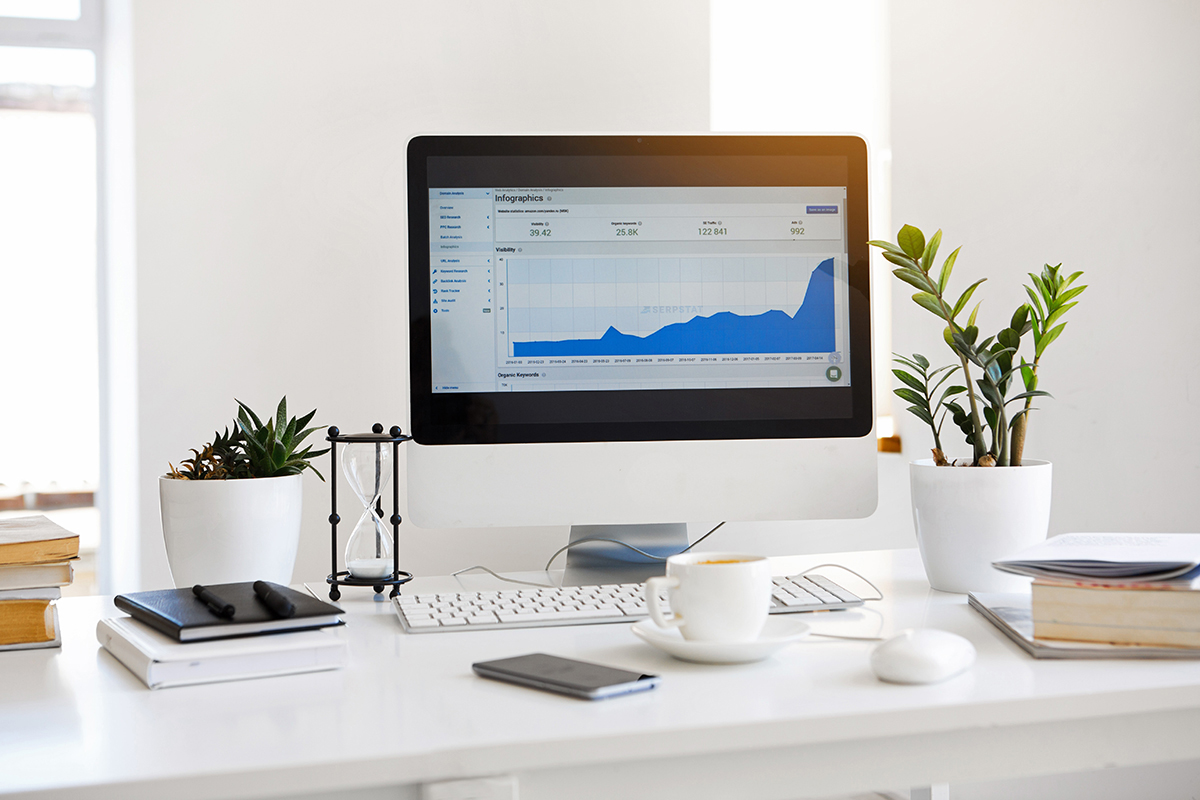Technology is changing every aspect of our lives including the ever-evolving world of medicine. Technology has enabled physicians to collect data in a more systematic way, explore different treatment methods, and find new tools to practice medicine. Robots have made surgeries more effective and digital dispensation has made it easier to fill and update prescriptions with the right dosage. Doctor-patient communication has improved significantly – both through education (as doctors can use tools and 3D images to show patients what’s happening) and through Telehealth (as it’s never been easier for patients to see specialists through video calls). Here are seven ways healthcare science and technology are benefiting the medical industry:
1. It’s Making Treatments More Effective
Some of the top industry experts believe that one of the core benefits of improved healthcare technology is the increased accessibility of treatment. Health IT has opened up possibilities of new discoveries and better, more focused research. Data gathered from different hospitals, electronic devices, apps, and Artificial Intelligence (AI) models can now be trained to evaluate the risks of patients.
Artificial intelligence (AI) is the simulation of human intelligence in machines wherein the latter is programmed to think like humans and mimic their actions–only it’s much more powerful. For example, Babylon and Canada’s Telus Health teamed up to develop a Canada-specific AI app that scans a patient’s survey answers, then connects them via video with the right healthcare provider or professional. AI eases the lives of patients and doctors by performing tasks that are normally done by humans, but in less time and at a fraction of the cost.
2. Digital Dispensation Is Accelerating The Prescription Process
Ensuring that all patients have the right prescription with the right dosage is crucial. But storing all this data in a systematic way can be challenging. The digital dispensation of prescriptions has significantly streamlined and accelerated the process of making and renewing prescriptions on time.
There are many startups in the healthcare space that are constantly innovating and creating apps for smartphones that send notifications to patients when it’s time to renew their prescriptions. Most of the time you can even renew it within the app in just a few simple taps. Some pharmaceutical companies are taking this a step further and introducing digital doctor visits through their apps. All this ensures that the patients and their doctors are in sync and there are no loopholes in effective patient care.
3. Real-time patient data
Patient care was and continues to be at the core of healthcare and all its technological advancements. The growth in healthcare science and technology has made patient care far superior and more reliable in most cases by providing new machines (such as MRIs), medicines, and treatments that save lives and improve the chance of recovery for many.
One of the core benefits of health IT is that medical professionals can now use tablets and mobile devices to record real-time patient data. For example, you can quickly update a patient’s chart and then share it instantly with their latest medical history.
Today, important patient details such as lab results, records of vital signs, or other important patient information can be centralized and easily accessed. This level of information storage has transformed the level of care of efficiency that doctors can offer to their patients as you’re always up-to-date on what’s going on. Not only does this data collection help doctors but it also helps scientists and researchers to study patient history to find new trends and innovate better advancements to treat different ailments.
4. Software Is Improving Healthcare Efficiency
Medical software is vital to the healthcare industry since it allows healthcare providers to monitor and manage organization and patient data efficiently. Software can help with everyday operations and streamline clinical workflows. Take for example, the World Health Organization that has been able to categorize ailments plus their causes and symptoms, into a large database that contains more than 14,000 individual codes. Resources such as these allow medical professionals and researchers to study the ailment from all different angles and find solutions that can not only control the illness but also improve the overall healthcare outcome in general.
Another important aspect where software is making the lives of physicians easier is medical billing. Billing requires a ton of paperwork and an easy to use billing software not only streamlines the billing process but also shaves off the amount of time you spend on admin work.
In the end, software and electronic medical records help both doctors and patients. The former gets all the patient-related information in one place and the latter enjoys a great degree of transparency in the healthcare system. For instance, one of the key areas where transparency is crucial between physicians and patients is around issues like medical errors. The patient’s information and the physician’s prescribed treatment must be recorded in detail and should be easily available in the future.
5. Fast And Seamless Patient-Doctor Interaction
Back in the day when a patient wanted to see a doctor, they’d have to call to make an appointment, speak with a receptionist, and potentially have long waiting times. Today, all this can be done easily via a mobile app or even virtually–you can set up a consultation without ever leaving your couch!
Startups around the world are improving the ways patients interact with their doctors. For example, the content marketing platform PharmaPhorum highlighted a US-based startup that created an app called HoyDoc which allows patients and doctors to access their medical records in English and Spanish.
6. Robots Are Making Surgeries More Successful And Less Expensive
Robots performing surgery may have seemed like a horror sci-fi idea in earlier years but today, not only is it common but highly recommended. Human prowess can only take surgeons so far into the deep, difficult-to-access areas of the human body. But there’s no limitation for robots; they can go where humans can’t and this minor detail has resulted in more successful surgeries than ever before.
For example, some surgeons use robots to assist them with brain tumour removal procedures. In one recent case involving a teenage patient, a doctor used a high-tech robotic microscope during surgery. The doctor said the tool had a robotic arm, a GPS component that showed where his tools were, and a heads-up display with a better view of the area during the operation.
The global medical robots market is expected to reach USD 12.7 billion by 2025 from an estimated USD 5.9 billion in 2020 at a CAGR of 16.5% during the forecast period. The key factors propelling the growth of this market are the advantages offered by robotic-assisted surgery and robot-assisted training in rehabilitation therapy and more.
Robots have made certain surgeries less invasive and in recent reports, it’s been observed that robots are helping hospitals not just save lives but also reduce labor costs. For example, in some places, there are even robots who’re taking food to the patient’s room and cleaning.
7. Easier To Predict Outbreaks
AI and big data are playing a key role in the healthcare industry. Big Data is a collection of data that is huge in volume and growing exponentially with time. To properly understand and study many diseases, AI-based data analytics and predictive models can be used by medical professionals. A Toronto-based artificial-intelligence company called BlueDot, which uses machine learning to monitor outbreaks of infectious diseases around the world, alerted clients—including various governments, hospitals, and businesses—to an unusual bump in pneumonia cases in Wuhan, China. This later became what we’ve all come to know as Covid-19. Healthcare technology can play a crucial role in the future to identify patterns and spot an outbreak sooner so that protective measures can be taken.
Conclusion
This is a great time to observe and be a part of all the improvements that are being made thanks to healthcare science technology. There are better treatments available that are more easily accessible and innovations have made it possible to research and find newer, more effective ways to offer patient care. The overall landscape of healthcare is a lot more fast-paced and patient-friendly than it was ever before, all thanks to health IT. It’ll be exciting to see what new innovations and discoveries await in healthcare science and technology.
This article offers general information only and is not intended as legal, financial or other professional advice. A professional advisor should be consulted regarding your specific situation. While information presented is believed to be factual and current, its accuracy is not guaranteed and it should not be regarded as a complete analysis of the subjects discussed. All expressions of opinion reflect the judgment of the author(s) as of the date of publication and are subject to change. No endorsement of any third parties or their advice, opinions, information, products or services is expressly given or implied by RBC Ventures Inc. or its affiliates.







